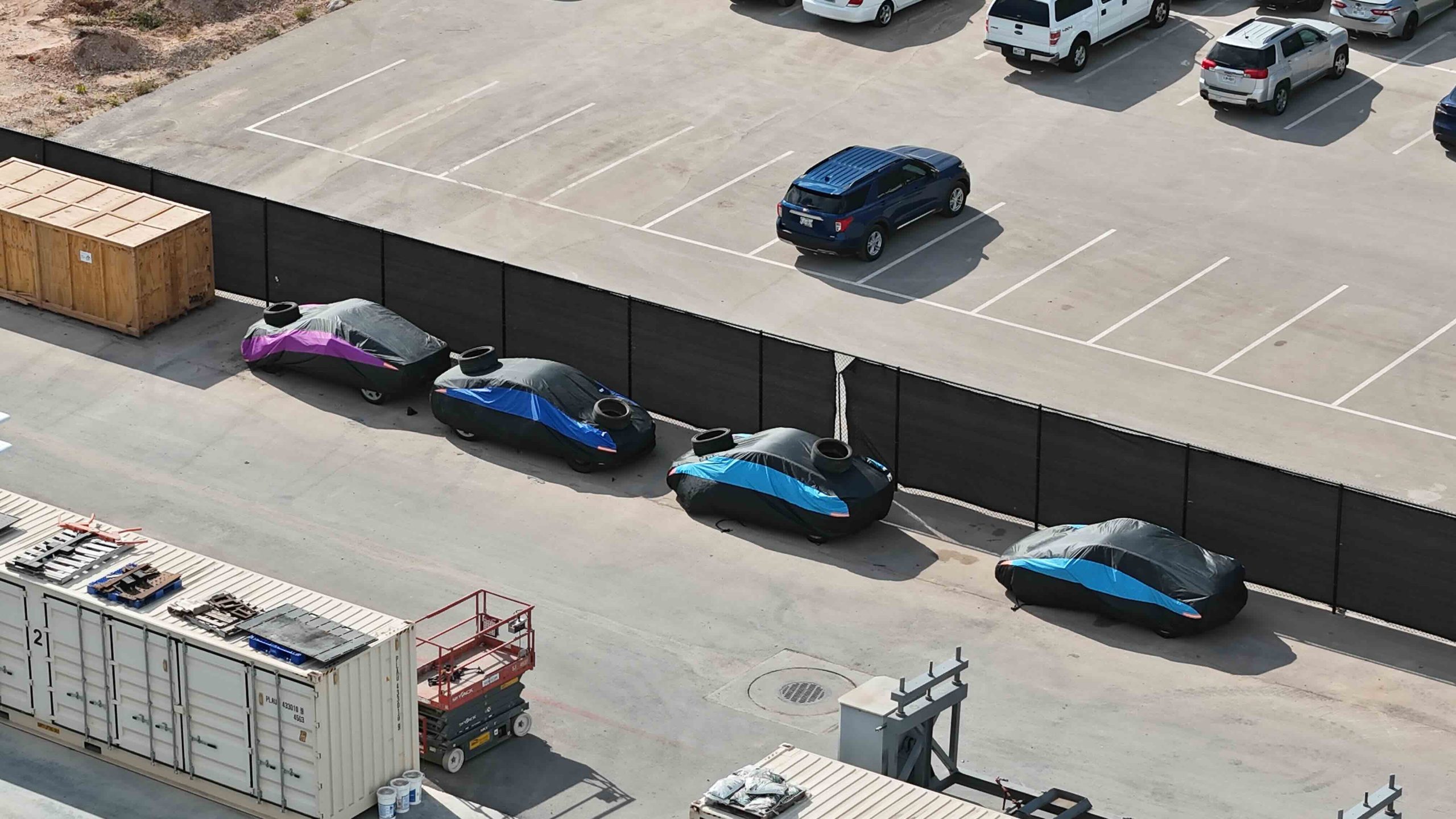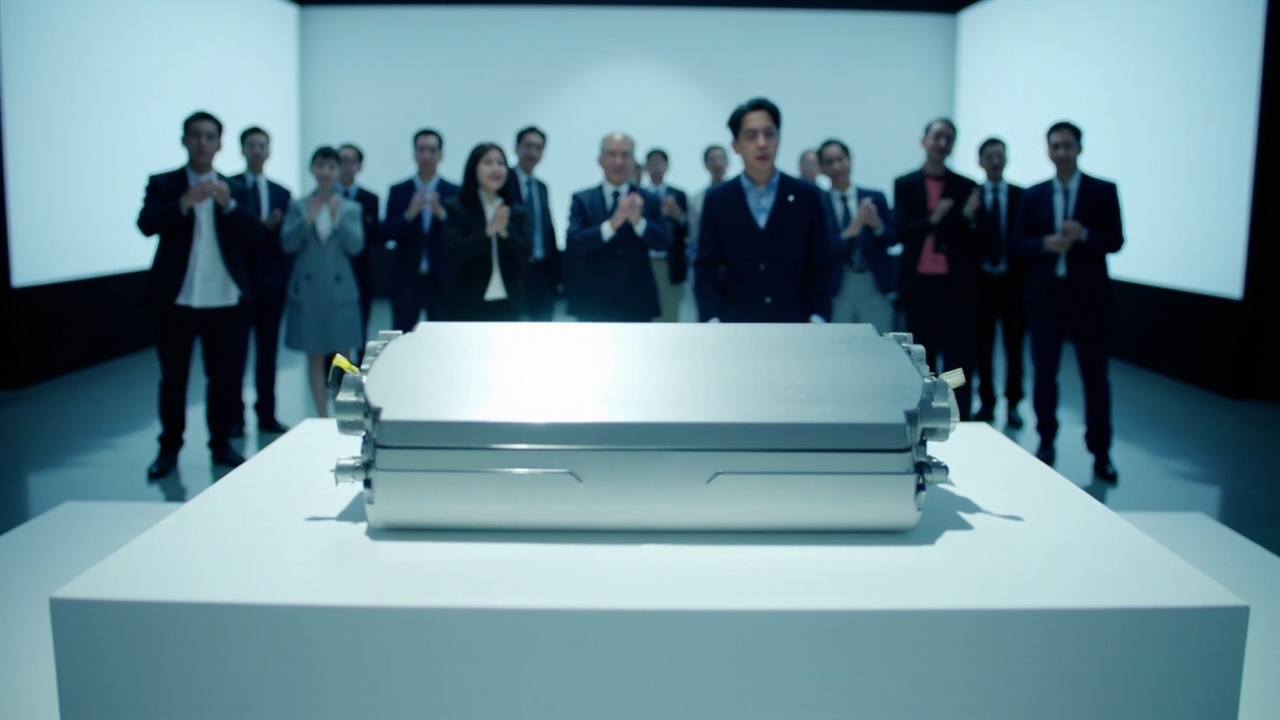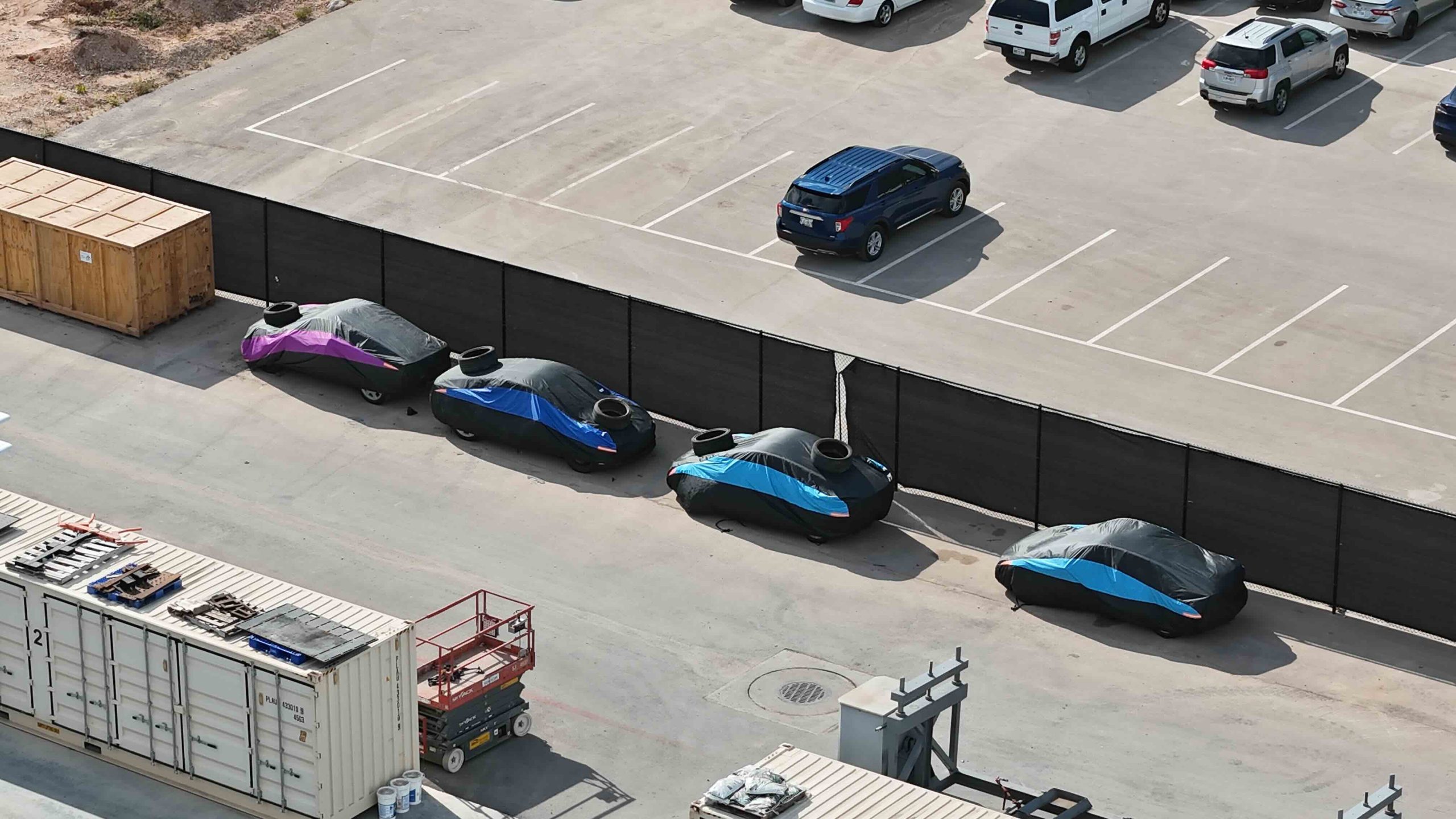Tesla's Vegas Loop to Transition to Fully Autonomous Operations Soon
Covers infotainment, ADAS and software updates. Daily: Hyundai Ioniq 5. Project car: NB Miata with a homebrew CarPlay retrofit.
Tesla vehicles operating within the Boring Company's Vegas Loop in Las Vegas are poised for a significant transformation. Elon Musk, CEO of both Tesla and the Boring Company, announced plans to eliminate the need for human safety drivers, aiming for full autonomy in the coming months. This ambitious step marks a pivotal moment in the evolution of autonomous transportation, promising to reshape the passenger experience and operational dynamics of the Vegas Loop.
The Vegas Loop, an underground transportation network that utilizes Tesla Model 3 and Model Y vehicles, has been operational for a few years, connecting key destinations along the Las Vegas Strip. Currently, the Loop features stops at major resorts like Westgate, the Encore, and Resorts World. Plans are underway to expand the network to include over 100 stations spanning 68 miles of tunnel, enhancing connectivity across the bustling city. Presently, Tesla vehicles within the Loop operate using Tesla's Full Self-Driving suite, yet they are accompanied by safety drivers. The role of these drivers, however, is set to diminish as Tesla pushes towards complete autonomy.
Elon Musk's announcement underscores Tesla's and the Boring Company's commitment to advancing autonomous vehicle technology. The removal of safety drivers is expected within the next month or two, aligning with Tesla's broader vision for its Robotaxi platform. This initiative reflects similar developments in Austin, Texas, where Tesla has been operating autonomous vehicles with safety monitors who oversee operations from the passenger seat. Musk anticipates that these monitors will also be phased out by the end of the year, paving the way for a driverless future.
The autonomous transition in the Vegas Loop isn't just about technology; it's about enhancing the efficiency and safety of urban transportation. By eliminating the need for human intervention, the Boring Company aims to streamline operations and reduce costs. This shift could also lead to a more seamless and faster passenger experience, as vehicles can operate continuously without breaks. The implications extend beyond convenience, potentially setting a precedent for similar autonomous systems in other urban centers.
Despite the promise of autonomy, the transition is not without challenges. Ensuring the reliability and safety of fully autonomous vehicles in a complex urban environment requires rigorous testing and validation. Tesla's Full Self-Driving technology has been at the forefront of autonomous advancements, but it has also faced scrutiny over safety and effectiveness. As the Vegas Loop prepares to operate without safety drivers, the company must address these concerns to gain regulatory approval and public trust.
The potential elimination of safety drivers in the Vegas Loop is part of a larger narrative about the future of transportation. As cities grapple with congestion and pollution, autonomous vehicle networks like the Vegas Loop offer a glimpse into a sustainable urban mobility solution. The success of this transition could inspire other cities to adopt similar systems, leveraging technology to improve urban living conditions and reduce environmental impact.
As Tesla and the Boring Company forge ahead with their autonomous vision, the world watches closely. The outcome of this transition will not only shape the future of the Vegas Loop but could also influence the trajectory of autonomous transportation globally. With technology rapidly advancing and regulatory landscapes evolving, the Vegas Loop's journey towards full autonomy will serve as a critical case study in the deployment of driverless vehicle networks.
About Noah Stein
Covers infotainment, ADAS and software updates. Daily: Hyundai Ioniq 5. Project car: NB Miata with a homebrew CarPlay retrofit.



